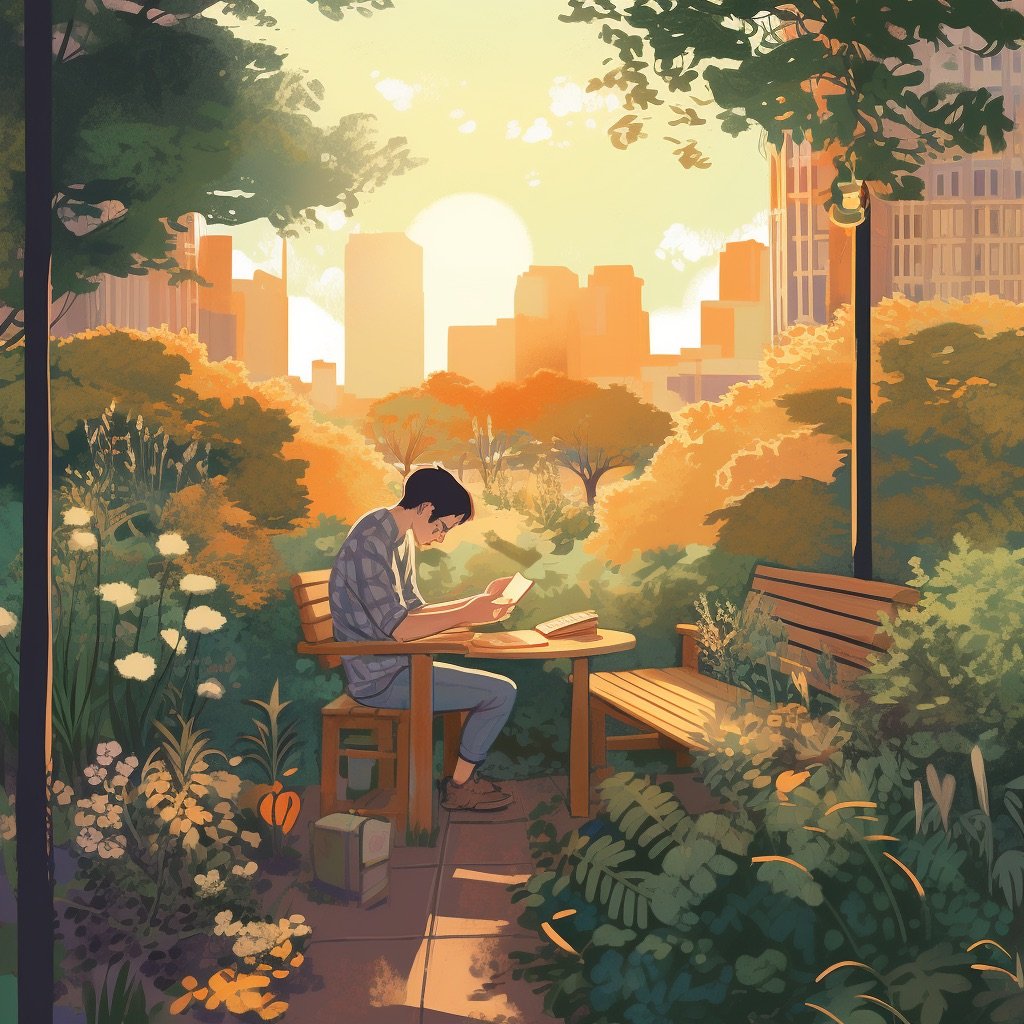How to Balance
I had a difficult moment recently. In these moments, I often turn to my journal to begin to process the emotions within. After hours of writing to myself on the topic over the course of a few days, I noticed a dramatic shift in how I felt.
It was only once I saw the sum of the parts, versus getting overly concerned about one specific part, that I began to feel more grounded, connected and calm again.
Balancing life I have realised is similar to managing a balanced stock portfolio.
It requires a broad long-term perspective, looking at the variety of fibres that make up my life, rather than focusing too intently on any single thread. It is especially important to maintain this perspective in moments of confusion or disappointment, when it is all too easy for me to become absorbed with one particular aspect of life.
Each element in this intricate life portfolio serves a distinct purpose, often unique from the others. Yet, they are not entirely independent, much like stocks in a portfolio, they interact, influence each other, and contribute to the overall health of the portfolio.
Consider health. It's multifaceted—physical, mental, and emotional—and each facet plays a significant role in the overall portfolio. When my health is thriving, it enhances the other parts of my life portfolio; energy surges, strength amplifies, and confidence blooms. However, when my health wanes, it becomes a drag, impacting growth in other areas, casting a shadow of doubt over the entirety of the portfolio.
Relationships—family, close friends, community—can also enrich the life portfolio. They fulfil a deep-rooted desire I have for connection, which fuels me, infuses me with energy, and strengthens others parts. However, there's a potential risk of becoming overly invested or distracted by specific connections, which then turns into a liability.
Business is another significant part of my life portfolio. It provides me with a sense of purpose and play, a channel for creative expression, and a chance to savour the sweet taste of achievement. However, it can also be the source of stress, sleep deprivation, and much frustration.
Spiritual practices, mindfulness, and introspection act as a sort of life insurance. They provide me with support in times of need, offer inspiration, and assist in finding clarity. Yet, when over-invested in these practices, they become a source of stress, creating a pressure to maintain a routine even when it doesn't feel necessary.
There are different strategies for managing a portfolio, well studied and proven.
Growth requires concentration. In my twenties, when my focus was on professional growth, I concentrated my time and energy primarily on business. It was a calculated risk, similar to an investment portfolio focused on growth where concentration is essential. It worked, and the returns have been meaningful.
Preservation requires diversification. The goal of my life portfolio has shifted more towards preservation, in several parts, which diversification is the strategy for. My time and energy is more diversified now than it has ever been. While this puts a ceiling on the growth I may realise in any one part, it allows me to preserve many parts that have become important to me.
Taking risks is as essential to life as it is to investments. A life void of risks is akin to a stagnant portfolio—destined for a slow decline due to inflation. Embracing risks begins with openness and curiosity about the realms of possibilities for me.
Just as I seek advice for managing my investment portfolio, I also turn to others for insights about life. But at the end of the day, the decisions have to be mine. I've had moments of blindly following advice, whether from bankers or parents, and felt a disconnect from the outcomes. It is vital to feel ownership of these decisions, of how I invest in my life.
Uncertainty is a constant companion in life, just as in investments. Any belief that I can predict the future is an illusion. The greatest risk, perhaps, is the belief that I know what lies ahead, as it blinds me to the realm of possibilities and risks.
Looking at daily fluctuations in my portfolio can induce anxiety and nervousness. But when I consider the long-term trend, there's a sense of comfort and ease. It's a valuable lesson for life. During challenging times when one part of my life portfolio takes a hit, it's crucial not to zoom in too closely or to extrapolate that one setback across the entire portfolio.
Being aware of the environment and being open to adapt is essential.
Life doesn't happen in a bubble, and I can't live well in a self-created fantasy. Being attuned to the world around me, being willing to learn, to adapt, and to make changes, is just as important in life as it is in managing an investment portfolio. As time goes on, I get new information, and it is on me to make choices based on what I now know.
A portfolio is a complex and interconnected system. Understanding that each part of my portfolio serves a unique purpose, yet that all parts need to work well together, is the key to a balanced life.

